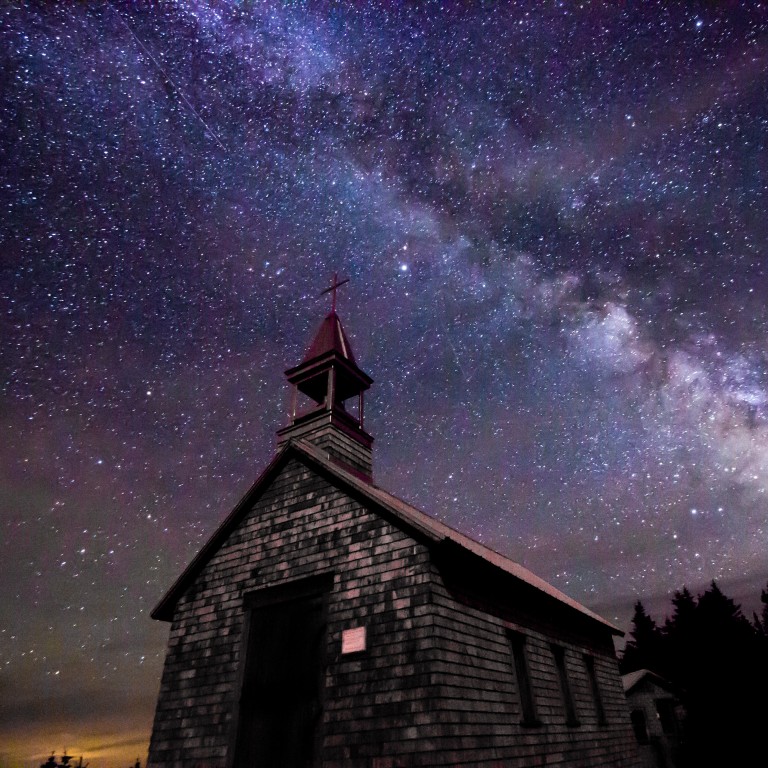
Coronavirus silver lining: less pollution means more night sky – view it from home while you plan trips to world’s best dark-sky destinations
- Light and chemical pollution have fallen with factories and offices shut and road traffic reduced. Take advantage to see the night sky from your yard or balcony
- The clear skies won’t last once economic activity resumes, so plan your post-lockdown bucket list now. We’ve 10 of the best dark-sky destinations to consider
As flights are grounded and industry slows, some unintended consequences of the global coronavirus lockdown are emerging. In many parts of the world, noise pollution, chemical pollution and light pollution are at their lowest levels for many decades.
It’s quieter, the sky is clearer, and the stars at night are easier to find. For stargazers – on a constant quest to reach the world’s disappearing dark spots – this a moment to pause and look up. After all, it is only a temporary situation: once things return to normal, so will light pollution.
“Clearly the world is not consumed by the problem of light pollution at the moment, but I can characterise it best by noting how much it’s changing,” says John Barentine, director of public policy at the International Dark-Sky Association (IDA) in Tucson, Arizona.
Barentine says that light pollution is now affecting most of the world’s population. “Averaged globally, both the fraction of the Earth’s surface showing indications of artificial light and the amount of light seen are growing at two per cent per year, with some countries registering double-digit increases year on year.” The culprit is cheap LED lighting, which is energy-efficient yet increases the amount of light produced by cities.
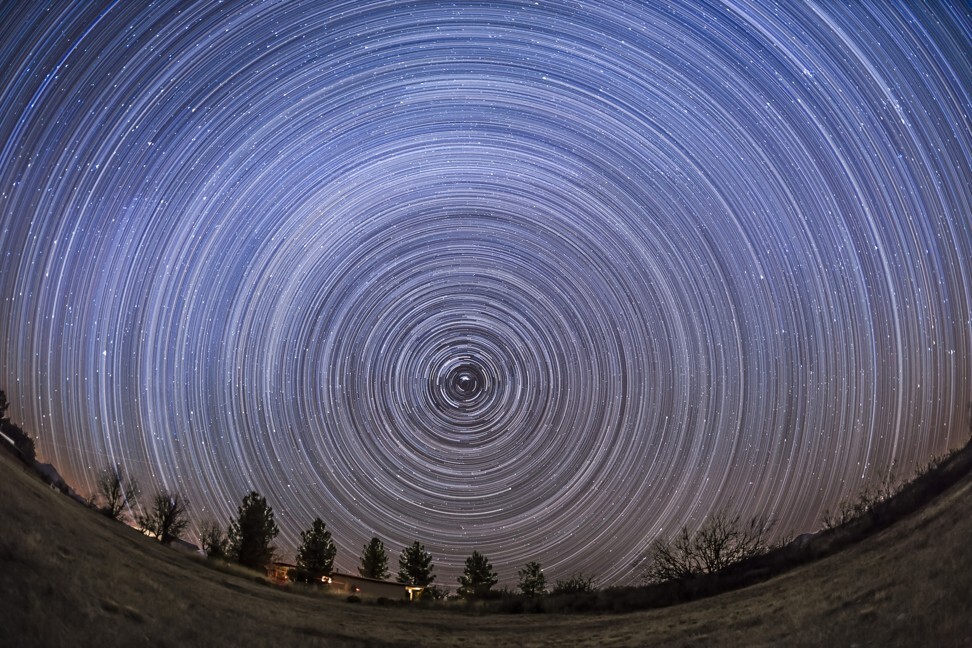
Cue a boom in the creation of International Dark Sky Parks that seek to protect the night sky for future stargazers and astronomers. The parks, which are certified by the IDA, have recently spread to Asia. The newest in Asia is Hehuan Mountain in Taiwan, with nominations pending for new International Dark Sky Parks in Japan and China.
“It’s wonderful to see dedicated stargazing parks emerging all over the world,” says Tom Kerss, an astronomer who runs the weekly Star Signs podcast. “The importance of such places, where the beauty of the sky is preserved for future generations, cannot be overstated.”

There is no one perfect place on Earth for stargazing, says Kerss, as they all feature something special. He explains that we see different stars at varying latitudes around the world, and at different times of the year, so it’s best to plan several trips.
“Sometimes you want to see the absolute darkest skies, and sometimes a beautiful natural landscape will elevate the experience,” he says. Kerss recommends that anyone who wants to see the Milky Way in all its glory should head to the dry deserts of Namibia in Africa and Chile in South America. “From the latitudes of the Namib and Atacama deserts the brilliant core of our galaxy hangs right overhead from March to September – it’s bright enough to read a book by,” says Kerss.
Another reason to head south of the equator is to see the stars and constellations that can only be seen from the southern hemisphere, including the Southern Cross, Alpha Centauri – the closest visible star to our own – and the Large and Small Magellanic Clouds, two dwarf galaxies that orbit the Milky Way.

While we wait for the world to open up and many of us remain in isolation or self-quarantine, try stargazing from a backyard, a balcony or window.
“Even a small window onto the night sky will reveal something worth seeing,” says Barentine, who says no special equipment is required to appreciate the night sky. “Right now the moon has returned to the evening sky – every night it can be found in a different place with an increasing phase.
“Binoculars or a small telescope will reveal rich surface details that appear to change from night to night as the sun elevation increases during the new lunar day,” he adds. “We also have bright Venus in the evening sky, and Mars, Saturn and Jupiter in the morning sky.”
Watching the planets and the moon night after night as they move in their orbits, you come to realise that the night sky is never really static. While you daydream of visiting some of the world’s premier dark sky sites once it’s safe to travel, there has never been a better time to experience the night sky from your home.
10 of the best ‘dark sky destinations’

1. NamibRand International Dark Sky Reserve, Namibia.
One of the darkest places overseen by the IDA, NamibRand Nature Reserve combines pristine southern night skies with opportunities to see wildlife during the day and experience the unique ecosystem of the Namib Desert.

2. Mauna Kea, Hawaii
For the very clearest views, go to where many of the world’s large professional telescopes are located. “At such high altitude, the Pacific air is so crisp that the sky looks almost photographic,” says Kerss about this site at nearly 14,000 feet (4,267 metres) above sea level. The active Kilauea volcano to the south can sometimes be seen glowing on the horizon.
3. Mont-Mégantic International Dark Sky Reserve, Québec, Canada
Atop a mountain peak in eastern Canada, this place has a panoramic view of the night sky. “Mont-Mégantic is home to a professional observatory and the ASTROLab, a science centre and visitor-accessible telescope that are among the world’s best,” says Barentine.
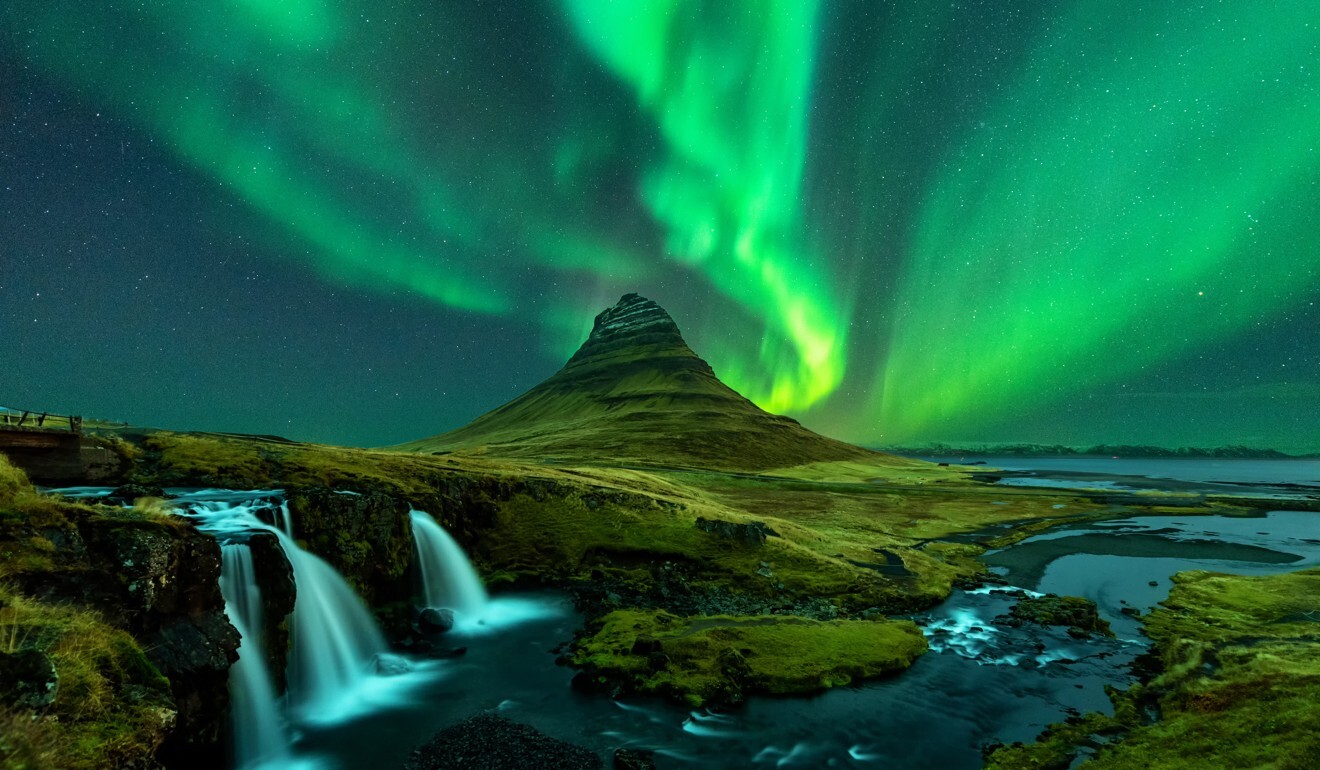
4. Snæfellsnes Peninsula, western Iceland
Two hours from the Icelandic capital, Reykjavík, the 90km-long Snæfellsnes Peninsula and its Kirkjufell mountain are great for watching the northern lights from October until March.
“I recommend Iceland to anyone wishing to experience the wonder of the northern lights,” says Kerss. “It is the most mesmerising phenomenon in the sky.”
5. Hehuan Mountain International Dark Sky Park, Taiwan.
“This remarkable site is only a few hours’ drive from Taipei in the northern half of the island, but features remarkable views of the night sky,” says Barentine.
Asia’s newest International Dark Sky Park, it is also called Joint-Joy Mountain, and its altitude makes it suitable for stargazing all year.
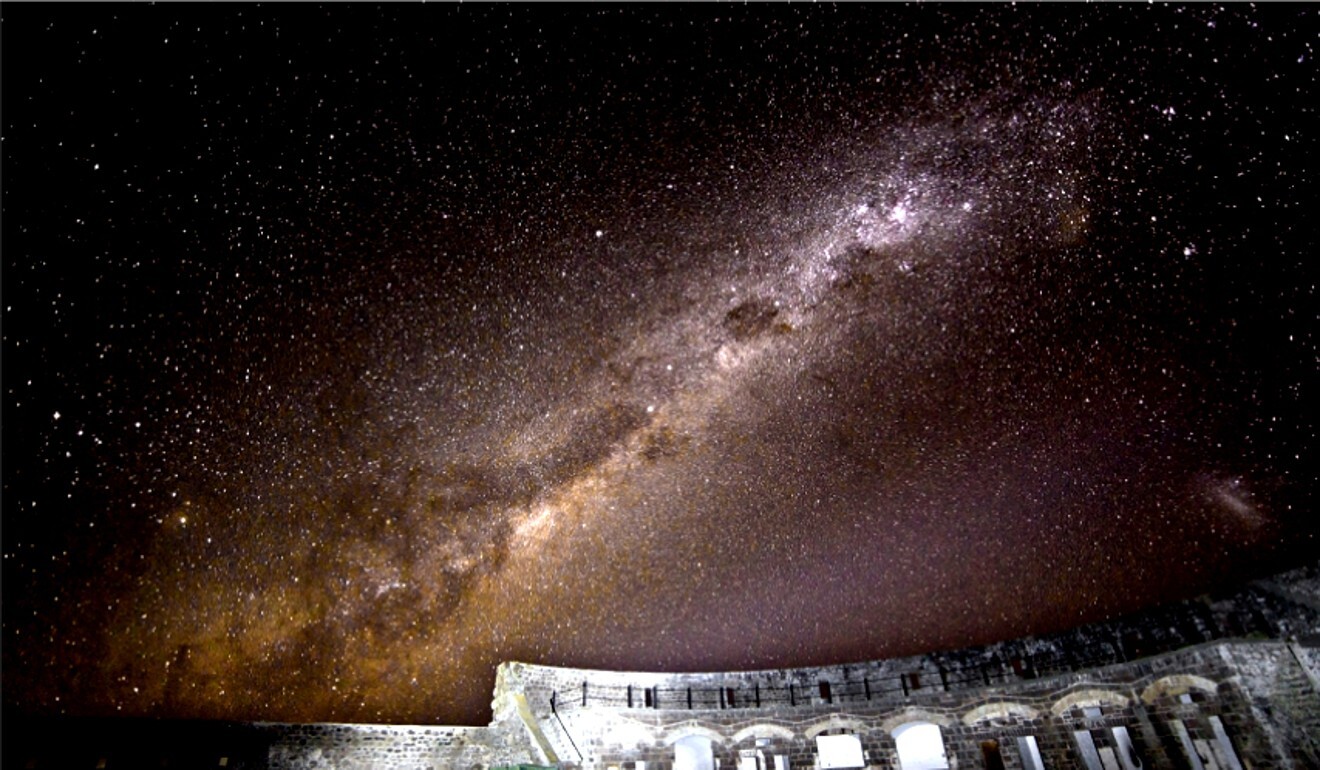
6. Saint Helena, South Atlantic
A remote yet easily reachable British Overseas Territory, it was here in 1676 that genius astronomer Edmund Halley (of Halley’s Comet fame) made the first detailed map of the southern stars and saw a transit of Mercury across the face of the Sun.
“Saint Helena has a growing tourism industry, but with its low population the skies there are very dark,” says Kerss.
7. Iriomote-Ishigaki International Dark Sky Park, Japan
Set in a national park in Japan’s southernmost islands, Iriomote-Ishigaki is a topical paradise akin to Hawaii, but much closer to home for people in East Asia.
“The islands’ relative isolation and low population help protect dark skies there, but it’s accessible by plane from Tokyo,” says Barentine.
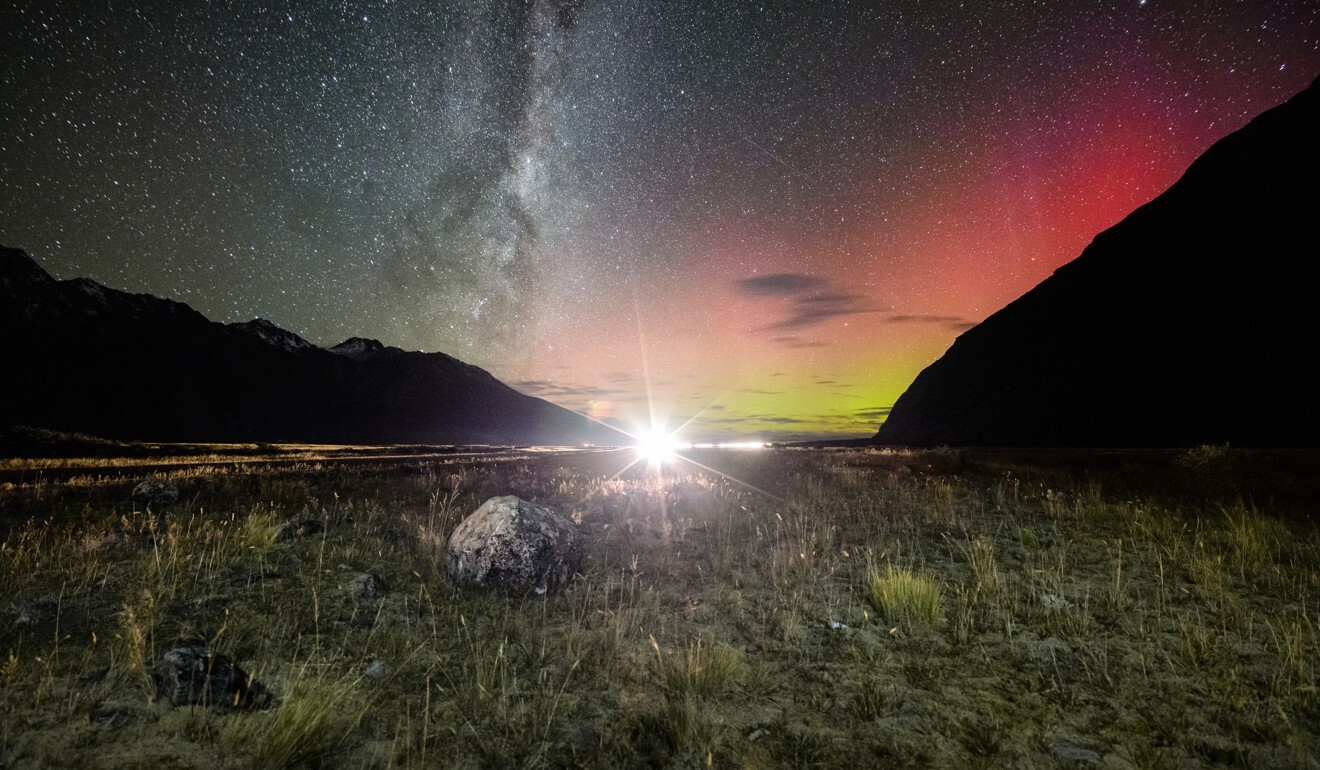
8. Aoraki Mackenzie International Dark Sky Reserve, New Zealand
“A thriving astrotourism industry in New Zealand provides many opportunities for visitors of all backgrounds and skill levels to enjoy the night sky from casual stargazing to serious astrophotography,” says Barentine.
This park encompasses the highest mountain in New Zealand, Aoraki/Mount Cook.

9. Antarctica
“My dream dark sky destination is Antarctica,” says Kerss, who would love to see the southern lights overhead as pioneering polar explorers like Robert Falcon Scott did. “As you approach the South Pole, the southern celestial pole rises very high above you.”
On December 4, 2021 there will be a rare total solar eclipse in Antarctica.

10. Grand Canyon National Park, Arizona, USA
Already on many must-see lists, Grand Canyon National Park is also now an International Dark Sky Park.
“After probably 35 or 40 visits in my lifetime, I’m still floored by the majestic landscape every time I see it,” says Arizona native Barentine. “The dark nights are a bonus.”

